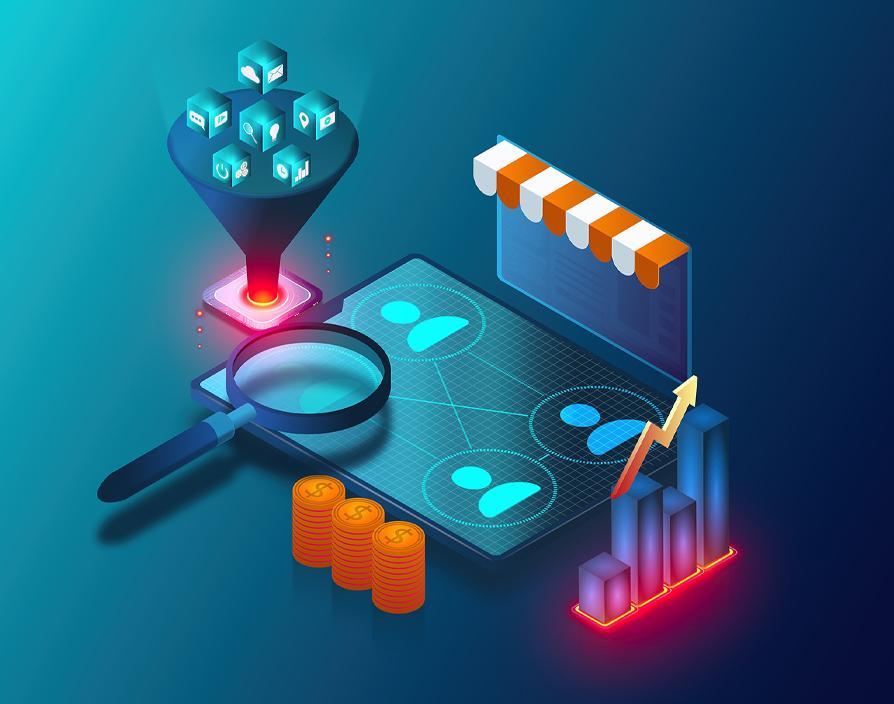Like many companies, we’re investing in our customer success programme, using a digital-first approach. The reality is that customer service and support in a SaaS company is not a simple commodity, but rather a key element in the evolution of the customer experience. The selection of the right solution or product is pivotal and can be a significant driver of success. It is equally as important as the right CX strategy. In defining the difference between an everyday experience and a memorable one, we’ve identified a series of key touchpoints to strengthen the customer experience and bring about a more innovative approach.
Self-service becomes a foundational element to create a distinctive customer experience
This is a “spontaneous” trend that customers expect to see in their business environment as much as they do in their personal or consumer interactions. Self-service options enable customers to solve problems and get answers at a time that best suits them.
Times have changed, and we’re seeing a shift away from traditional telephone support toward our online support portal. In some markets, such as Italy, 96% of our support interaction is through this channel. We have also seen growth in the use of the ‘community’ aspects that we make available via the support portal. Our customers greatly enjoy the ability to engage, network (virtually), and seek the opinions of other customers.
Proactive customer service using data-led insights
Building on the foundation of self-service, proactive customer service enables you to anticipate rather than react to customer issues. The insights from data gathered allows us to better understand and anticipate our customer needs. If you can resolve an issue before the customer is even aware that it is an issue, or make a useful suggestion based on your customer’s usage of a product, you’ll begin to build customer loyalty.
An example of proactive customer service might include making customers aware of a product or service that could be useful for them; or offering opportunities to enhance their experience rather than reacting to a customer service issue.
Human and bot collaboration
This trend is central to our customer experience program at Wolters Kluwer and enables automated tools to deal with simple issues before they need to be escalated. Chatbots can help customer to self-serve, taking away repetitive tasks, and allowing support agents to focus on more complex issues that require in-depth knowledge and empathy.
Multidisciplinary teams
Multidisciplinary teams are an absolute must-have to deliver the service that customers expect. They can help to break down silos and support customer-focused employees to create more enhanced and cohesive customer experiences. Sharing knowledge is key, as is having connected back-office systems which enable multidisciplinary teams to understand the customer’s issue and the steps taken to help resolve it.
Continued innovation is the future of customer success
Customer service has the power to be a competitive differentiator. Increasing customer expectations across all areas of life mean that businesses must provide a seamless customer experience with a variety of self-service options, as well as entry points to customer service teams.
Many of our customers are looking for flexible, and intuitive interfaces to support their decision-making. With our range of digital solutions and services, we aim to solve their problems and add value to their workflow, and it’s imperative that we continuously evolve and adapt to ensure that we continue to be their trusted partner today and in the years to come.
Share via:









































